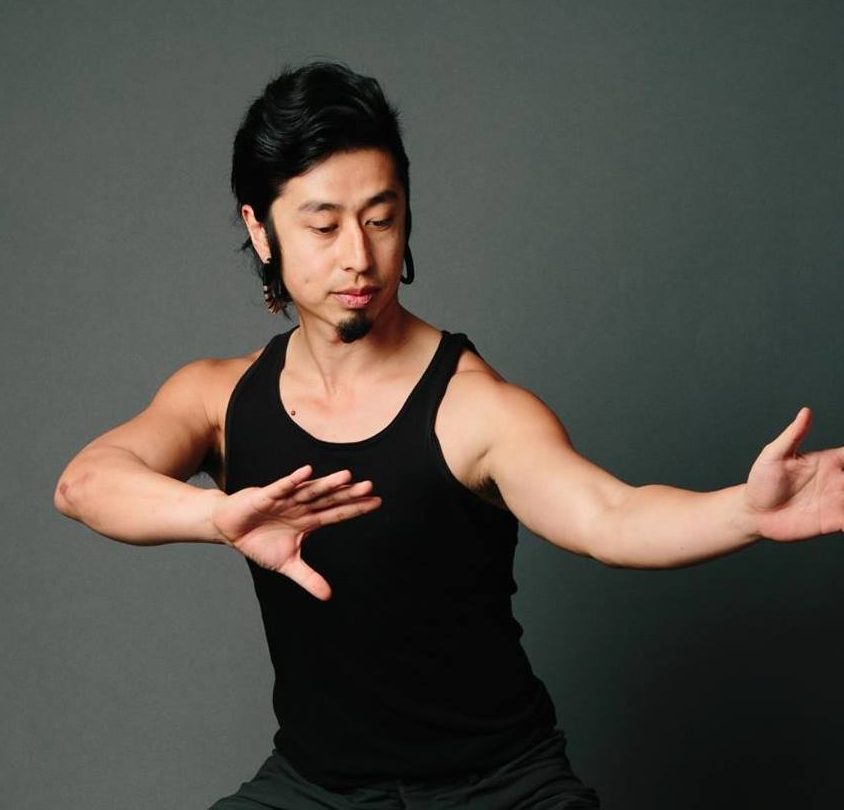Tackling the Yoga Sūtras in one go can be a daunting endeavor. From experience, I have started, stopped, and restarted many times. For this reason, I decided to write a monthly piece, for which I pick a Sūtra and let you know how it may be interpreted. The idea is to do so in small doses so that you can taste, swallow, and digest it before we present you with another one. Last month, we dove into the first sūtra and this month we’re focusing on the second. Here we go!
योगश्चित्तवृत्तिनिरोधः ॥२॥
yogaś citta vr̥tti niṛodhaḥ.
yogaḥ = yoga
citta = the mind
vṛtti = fluctuations, modifications, thought-waves
nirodhaḥ = restraint, control, suppression
Yoga is the control of thought-waves in the mind.
After an introductory verse, Patañjali dives into the deep end and tells us both what yoga is, and what to do to achieve yoga. Essentially, if we practice restraining our mental activity, controlling the coming and going of our thoughts, and maintaining undisturbed focus on one object or idea, then we are practicing yoga and are on our way to achieving yoga. Yoga is both the means (a set of practices) and the goal (liberation from suffering). The rest of the Yoga Sūtras expands on this definition.
To define citta, first, we remember that according to yoga philosophy, our world consists of puruṣa, the innermost conscious self (the soul), and prakṛti, the material world. Citta constitutes our internal body, the subtlest form of prakṛti, and has 3 components:
(1) manas – the receiver and organizer of information from our senses;
(2) ahaṃkāra – the ego, the part of the mind that makes us self-aware;
(3) buddhi – the discriminating and intellectual part of the mind that classifies and reacts.
Manas is closest to the external world and tends to develop attachments and desires towards certain sensory inputs. Buddhi is considered the gateway to puruṣa, the conscious observer that gives awareness to the mental objects being presented to it by buddhi.

Vṛtti refer to the mind’s activities, such as a sequence of thoughts, ideas, or mental images. The constant transfer of information from the senses through manas to buddhi forms the everchanging citta vṛttis. As our mind continues to process and work, patterns in our thoughts and ideas form. These are called saṃskāras. We build saṃskāras through consistent thought patterns, and, in turn, these saṃskāras form new thoughts that follow the pattern. It is through saṃskāras that we may find it easy to experience feelings of anger, sadness, anxiety, etc.
Puruṣa, conscious and aware of all these mental activities through its proximity with citta, becomes entangled in our thoughts and saṃskāras, and is falsely subject to our experiences of happiness and sadness, like and dislike, birth and death, etc. Thus, puruṣa, our innermost self, seems bound to the world and our perception of the world. In order to realize that puruṣa, our soul, is distinct from the citta vṛttis, we must still our mind’s incessant thinking nature. Only then can we realize that the soul is free. Only then can we end our suffering.
The Śvetāśvatara Upaniṣad states that a wise person should control the mind, just as a chariot-driver would a chariot yoked to unruly horses:
“Know thou the self (puruṣa) as riding in a chariot,
Kaṭha Upaniṣad, III.3-4
The body as the chariot.
Know thou the intellect (buddhi) as the chariot-driver,
And the mind as the reins.
The senses, they say are the horses;
The objects of sense, what they range over.
The self combined with senses and mind
Wise men call ‘the enjoyer.'”
Ultimately, yoga does not seek to change the world; it seeks to transform how our mind functions. Our experience of the external world is based on our thoughts – our mental projection of the world. If you have control over your thoughts, you are no longer bound by the external world. If you control the mind, you have control of everything.
Inquiring minds can dive deeper with these resources:
- A Source Book in Indian Philosophy by Sarvepalli Radhakrishnan and Charles A. Moore (1967)
- Yoga Philosophy of Patanjali by Swami Hariharananda Aranya (1984)
- The Yoga Sutras of Patanjali by Edwin F Bryant (2009)
- Light on the Yoga Sutras of Patanjali by BKS Iyengar (1993)
- Patanjali Yoga Sutras by Swami Prabhavananda (1991)
- The Yoga Sutras of Patanjali by Sri Swami Satchidananda (2012)
















